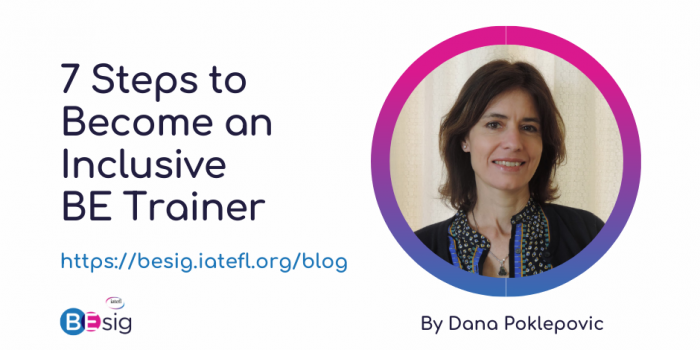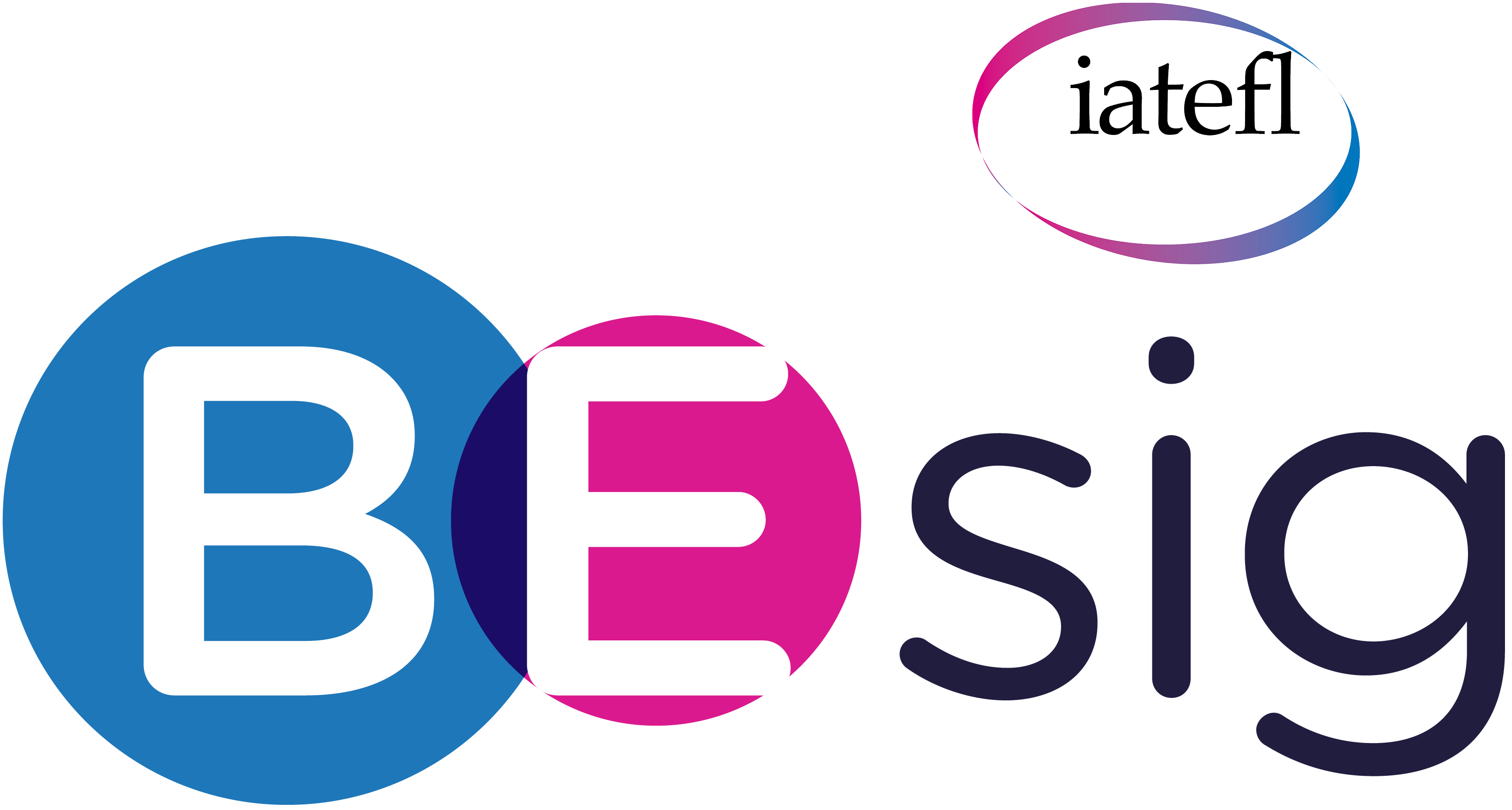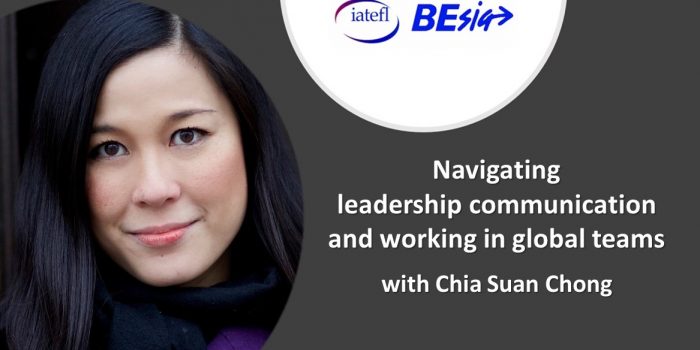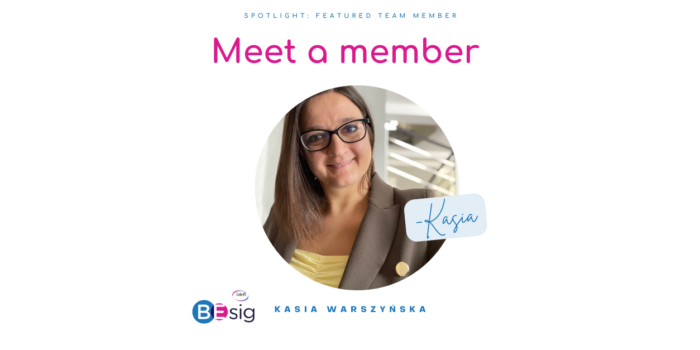
This is a follow up on the IATEFL BESIG webinar 'A Guide to Addressing Diversity & Inclusion in Business English' by Dana Poklepovic on 6 March 2022.
IATEFL BESIG members can access the recording on the Member's Area - Online Events.
There is no doubt that Diversity & inclusion has become a business imperative. Companies understand that it is not enough to hire a diverse workforce - i.e., employees that represent different dimensions of life such as gender, disability, ethnicity, religion, sexual orientation. They need to include these employees so that everyone feels equally welcome and develops a strong sense of belonging.
Our business English classes are a sample of the diversity in the organizations we teach. So how can we bring about inclusion in our sessions? Here are 7 steps that I develop in my Coaching for Inclusion teacher training program:
1. Create a safe environment
If we want our learners to participate and share their unique perspectives, they need to feel safe to speak up, without fear of being discriminated against. To do this, we should identify our biases and act in a non-judgmental way. This will help us build empathetic, respectful and equitable interactions with everybody. Resistance to diversity can also be an issue for learners. When dealing with a topic such as religion or sexual orientation, learners may worry about being tagged by the topic and therefore reduce their levels of participation. How do you deal with this?
2. Culture fit vs. Culture add
In the past, employers looked for candidates that fitted in the corporate culture, which lead to groupthink, whereas now companies have realized that in order to innovate, they need candidates who add to the culture and bring the talent and skills that the organization lacks. As teachers, are you classroom fit or classroom add? Which is your approach? Do you let the uniqueness of each learner shine individually?
3. Use inclusive language
To communicate inclusively – both in writing and orally - means to use language in such a way that everyone, no matter their background, ability or condition, feel they belong to that conversation. This requires both awareness of the others’ reality and of the barriers we create. Inclusive language is person-centred, gender-neutral and non-label. The following chart may help you:
|
NO |
YES |
|
dyslexic students |
students with dyslexia |
|
You guys |
everyone |
|
How is your wife/husband? |
How is your partner? |
|
What is her/his name? |
What’s their name? |
|
Salesman/woman |
salesperson |
Another aspect that has lately risen concern is how to ask someone their preferred pronoun in a respectful way. Personally, I’d ask for this information individually or in small familiar groups. And if the learner doesn’t want to disclose their pronoun, we should respect them.
4. Be ready to address challenging situations
Becoming inclusive is a process and every company is at a different stage. In your sessions, you may come across different degrees of resistance from corporate learners. For instance, if a learner doesn’t want to use gender-neutral language, you may start by pointing out respectfully that communication styles change and as international speakers we all need to be aware of this to interact successfully. If casual discrimination occurs, the teacher, in their leader’s role, should not allow for this situation and may even use it to educate on how that behaviour is offensive to a certain group of people.
5. Teaching content
While we are not expected to teach about diversity, we are hired to help learners develop a communication style that invites others to join in the conversation. The lack of inclusive communication may eventually lead to the company having a bad reputation or difficulties in closing deals with stakeholders who feel discriminated against. So, in addition to teaching inclusive language, we need to work on soft skills, such as active listening and perspective-taking (you can find more on my website).
6. Identify your partners in the company
Ask who is in charge of D&I issues in the company and let them know that you are interested in working with this topic in your sessions. Ask them for authentic material, such as the corporate D&I policy, check at what stage the company is in D&I initiatives and whether they have an allyship program.
7. Teacher Training
While it is important that teachers learn about diversity and inclusion, it is utterly necessary for them to develop their own inclusive teaching mindset through inner reflection and coaching.



